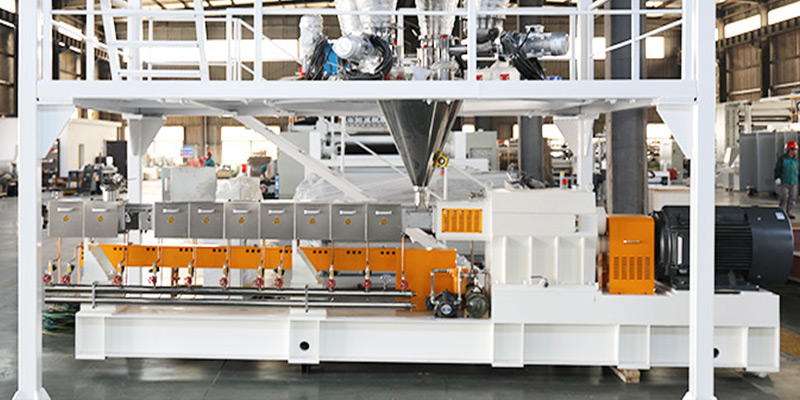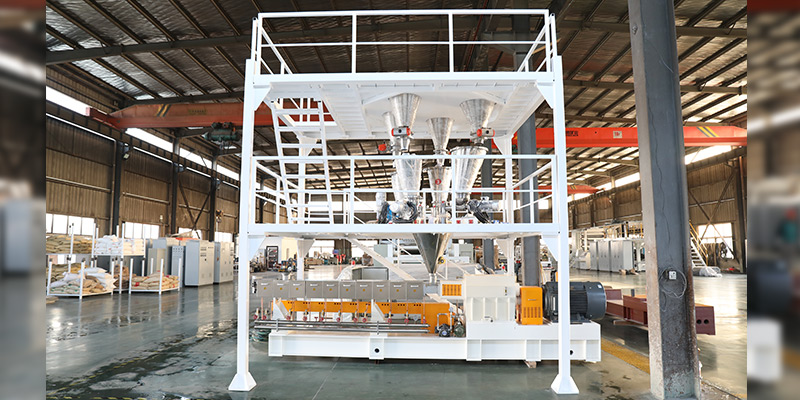Grafting compounding, also known as graft copolymerization or reactive extrusion, is a process used in polymer chemistry and materials science. It involves chemically combining two or more different polymers to create a new material with enhanced properties. This process is often used to improve the compatibility, mechanical strength, thermal stability, or other specific characteristics of polymers.
1. Selection of Polymers: The process begins with the selection of polymers that have desirable properties for a particular application. These polymers can be chosen based on their individual strengths and weaknesses.
2. Functionalization: One or more of the selected polymers undergo functionalization, where reactive groups or monomers are introduced onto their molecular chains. These reactive groups will later facilitate the grafting process.
3. Grafting Reaction: The functionalized polymer is then combined with another polymer in the presence of a suitable initiator or catalyst. The reactive groups on the functionalized polymer react with the other polymer, leading to the formation of covalent bonds between the two polymer chains. This results in the creation of a graft copolymer.
4. Extrusion Process: Grafting compounding is often carried out using an extruder, a machine that melts and mixes polymers under controlled conditions. The reactive extrusion process allows for efficient and continuous production of graft copolymers.
5. Polymer Properties: The resulting material, now a graft copolymer, exhibits a combination of properties from both parent polymers. This can include improved strength, flexibility, chemical resistance, or other tailored characteristics.
6. Applications: Graft copolymers produced through grafting compounding find applications in various industries, such as plastics, rubber, adhesives, and coatings. They are used to enhance the performance and versatility of materials in specific applications.
Grafting compounding provides a versatile method for creating customized polymer materials with a wide range of properties, making it valuable for industries seeking advanced materials with specific performance requirements.
PP/PE, maleic anhydride (MAH), DCP, Acetone and other additives.
Coupling agent for the compounding of PP with glass/carbon/wood fibres and mineral powders etc.
Compatibilisers for alloy compounding, e.g. PP/PA6, ABS/PA6, PA/EDPM.
A polymer loss-in-weight feeder.
MAH and DCP are added to the solvent acetone and stirred with a stirrer. A loss-in-weight feeder is used to mix the liquid.
A good vacuum system is required for degassing.
Water-cooled strand pelletizing.

